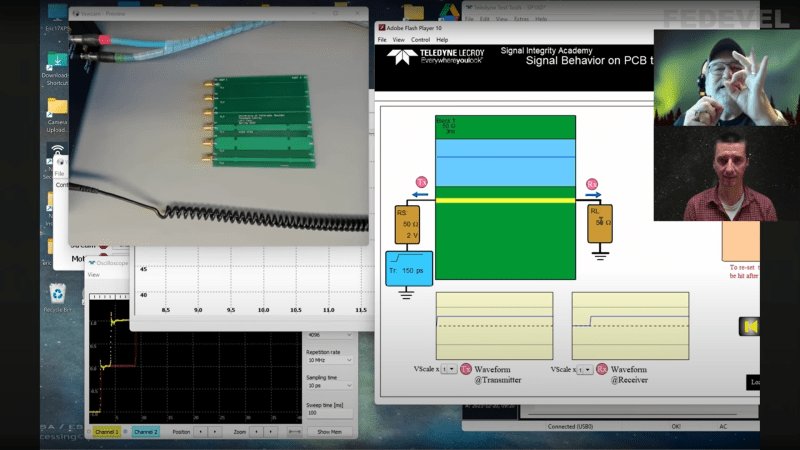What Every PCB Designer Needs To Know About Track Impedance With Eric Bogatin

PCB design starts off being a relatively easy affair — you create a rectangular outline, assign some component footprints, run some traces, and dump out some Gerber files to send …read more Continue reading What Every PCB Designer Needs To Know About Track Impedance With Eric Bogatin